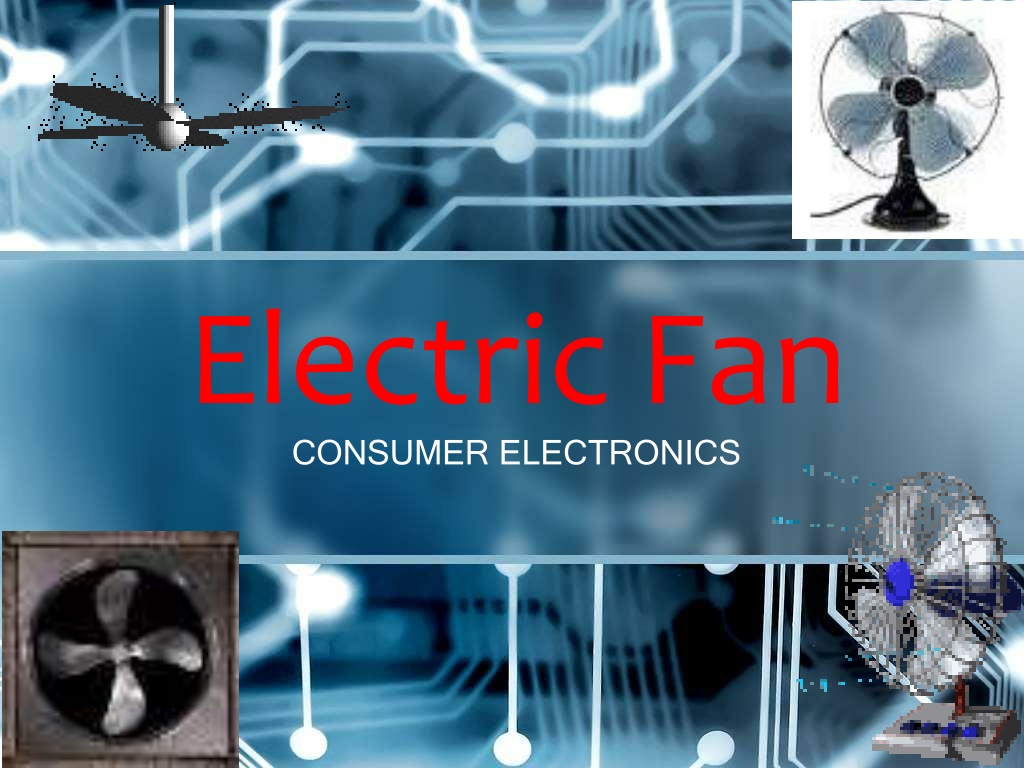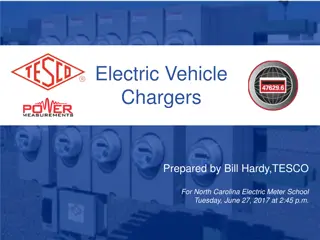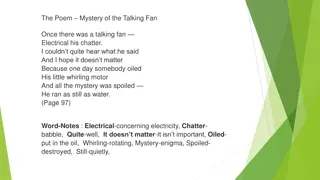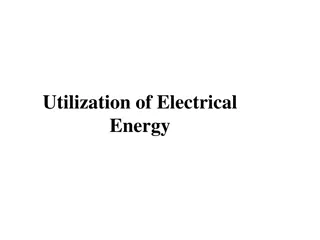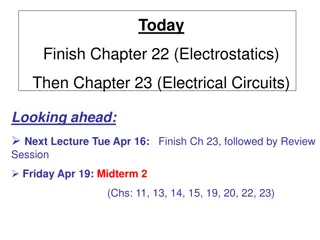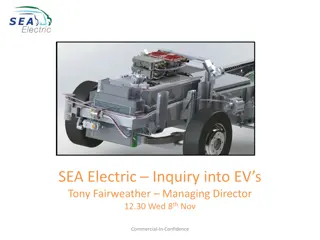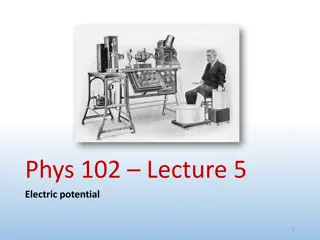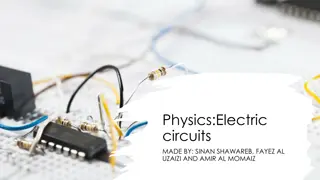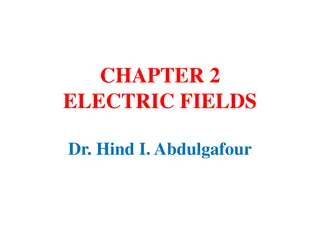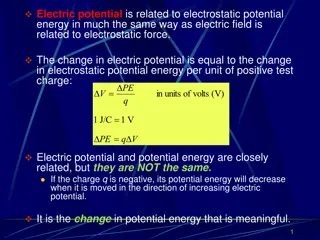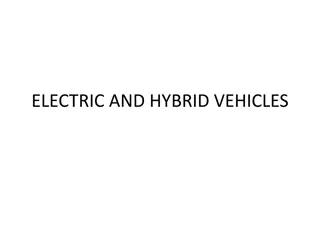Electric Fan
This section discusses the various aspects related to electric fans in the consumer electronics category. It covers different types of electric fans, their features, benefits, and usage scenarios. Additionally, it may touch upon topics such as energy efficiency, maintenance tips, and technological advancements in electric fan design. Whether you are a consumer looking to purchase a new electric fan or simply interested in learning more about this popular household appliance, this content provides valuable insights to help you make informed decisions.
Download Presentation

Please find below an Image/Link to download the presentation.
The content on the website is provided AS IS for your information and personal use only. It may not be sold, licensed, or shared on other websites without obtaining consent from the author. Download presentation by click this link. If you encounter any issues during the download, it is possible that the publisher has removed the file from their server.
E N D
Presentation Transcript
CONSUMER ELECTRONICS Electric Fan
Flemings Left Hand Rule Force Current Magnetic Field Current
Objectives The students can identify the internal parts of an electric fan. The students can able to perform troubleshooting in the electric fan in setting the rotor s speed.
What is Electric fan? It is a type of electronic appliances that is run by an electronic motor.
Purpose Of TheElectric Fan Electrical Energy To convert electrical energy to mechanical energy. Mechanical Energy
To make consumers feel comfortable during hot seasons or summer days.
Internal Parts Of The Electric Fan
Selector Switch It is a part of electric fan that can intensify the produce air for the consumers. Rotary Switch Push Button Switch
Electric Motor It is the main part of the electric fan that produces mechanical energy to make the propeller rotate.
Rotor It is the movable part of the electrical motor that rotates
Stator It is a non movable part of the electric motor that provides electro magnetic energy to the rotor.
CopperWinding Copper Winding in Stator It is a set of copper wire that supplies electricity in the stator and rotor. Copper Winding in Rotor
Setting the speed of the electric fan requires: Electric Motor Selector Switch Handtools Terminal Block
Current andResistance The Higher Resistance means a Low Current which will result slow rotation of the propeller.
The Lower Resistance means a Higher Current which will result in fast rotation of the propeller.
Since that the no.1 in the selector switch has a slow rotation of rotor it means that the resistance needed is high.
No.2 in the selector switch will have a moderate resistance and the no.3 has a lowest resistance
2 3 0 1
2 1 0 3
Terminal Block Selector Switch Example resistance 300 3 Motor ohms 320 ohms 330 ohms 2 1 Common Common Line Cord
Fan Regulators have an important place in the electrical switch boards. Fan Regulators are very similar to light dimmers . Their function is regulate/control the speed of the fan and provide a convenient environment environment for the residents. The traditional regulators which are bulky use a resistance having taps and connected in series with the fan.when we move the knob different amount of resistance gets inserted in the circuit
1) It is a movable part of the motor which rotates.
2) It is a non movable part of the electric motor that provides electro magnetic energy to the rotor.
3) It is a part of electric fan that can intensify the produce air for the consumers.
1) Rotor It is a movable part of the motor which rotates.
2) Stator It is a non movable part of the electric motor that provides electro magnetic energy to the rotor.
3) SelectorSwitch It is a part of electric fan that can intensify the produce air for the consumers.
Schematic Diagram of an Electric Fan
Assignment Research about the different models or types of electric fan and it s uses. Write your assignments in your notebook.
